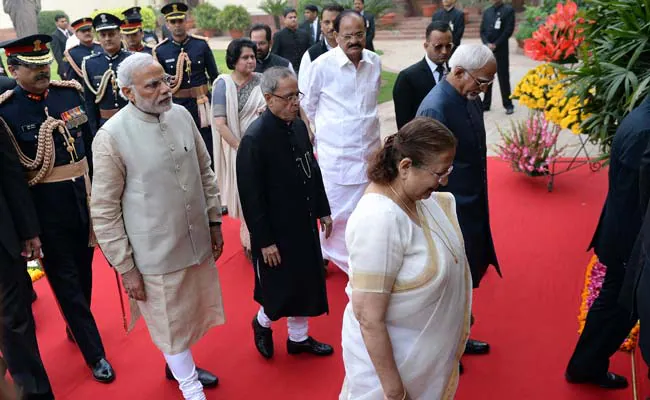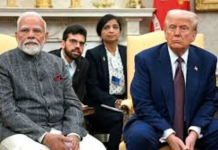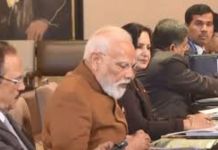Prime Minister Narendra Modi’s coalition government is set to present its first federal budget following a narrow election victory. Modi, now reliant on coalition partners, is expected to reset his spending policies while maintaining fiscal prudence.
Analysts suggest the new government may need to focus more on the rural majority, who have not benefitted as much as the wealthy from the country’s rapid GDP growth.
Economic Legacy and Challenges
Rathin Roy, a former member of the Prime Minister’s Economic Advisory Council, notes that Modi’s third term might tempt him to focus on economic prosperity for the masses to leave a lasting legacy. Despite significant investments in infrastructure and tax cuts for corporations, inequality and rural distress have worsened.
Rural and Urban Disparities
More than 60% of Indians are engaged in agriculture and allied activities. Yet, despite substantial economic growth, rural areas have seen little improvement. BMW cars have logged record sales, while overall consumption growth is at a two-decade low. Wages have stagnated, household savings have dropped, and well-paying jobs remain scarce.
India’s regional imbalances are also stark, with northern and eastern regions facing lower incomes and poorer health outcomes compared to other areas.
The Jobs Crisis
Chronic joblessness is the most significant challenge facing Modi’s new term. A survey shows seven in 10 Indians support taxing the super-rich, and economists believe growth has not been inclusive. Rural distress and unemployment are major concerns for many, such as Sushil Pal, a farmer from Uttar Pradesh, who has seen his income decline while costs rise.
Struggles of Local Businesses
Local businesses like Rajneesh Tyagi’s export-focused furniture workshop in Uttar Pradesh have suffered due to global demand drops and rural economic struggles. High debt and unemployment among farmers reduce local demand, impacting businesses.
Economic Divides and Solutions
Bridging the gap between formal and informal economies and bringing prosperity to rural areas are significant challenges for Modi. Economists suggest a mix of policy measures to support both sectors. Incentivizing low-end, labor-intensive manufacturing could address domestic demand and create jobs.
Budget Expectations
Modi’s first post-election budget may focus on welfarism without pivoting away from capital spending on infrastructure. A larger-than-expected dividend transfer from the central bank could enable increased welfare spending and job creation in rural areas.
Rajesh Saluja, CEO of ASK Private Wealth, believes poverty reduction will be a priority in the budget. However, economists warn that cash handouts are a poor substitute for real reforms. The budget needs to outline plans for integrating millions into the workforce and creating sustainable earning opportunities.
Sunil Kumar Sinha, principal economist at India Ratings, emphasizes the need for policies supporting both formal and informal sectors. Extending production-linked incentives to small enterprises could help address India’s job crisis and boost local manufacturing.
Conclusion
Modi’s new budget faces the test of addressing India’s jobs crisis and economic disparities. Focusing on rural areas, job creation, and inclusive growth will be crucial for his government in the coming term.
















